This project was thought of while walking around a Home Depot. I had just realized I didn't need to buy the part I went there for, so some random browsing led me to make this. One of my accomplishments in building this was that I had no sketches or plans before going to the store, and the fact that I bought everything on a whim, used everything I bought, and never had to return to the store.
As a side note for anyone building this, I used a lot of shop tools that some people may not have. There are hand held methods of accomplishing the same task, but as this is a jig for knife makers, most knife makers should have the equipment at hand.
If you attempt to make this at home, I am not responsible yada yada, safety gear yada yada. You have been warned.
If you're interested in following my knifemaking or knifemaking tool builds, follow me on Instagram at dbgKnives.
 origamimavin
origamimavin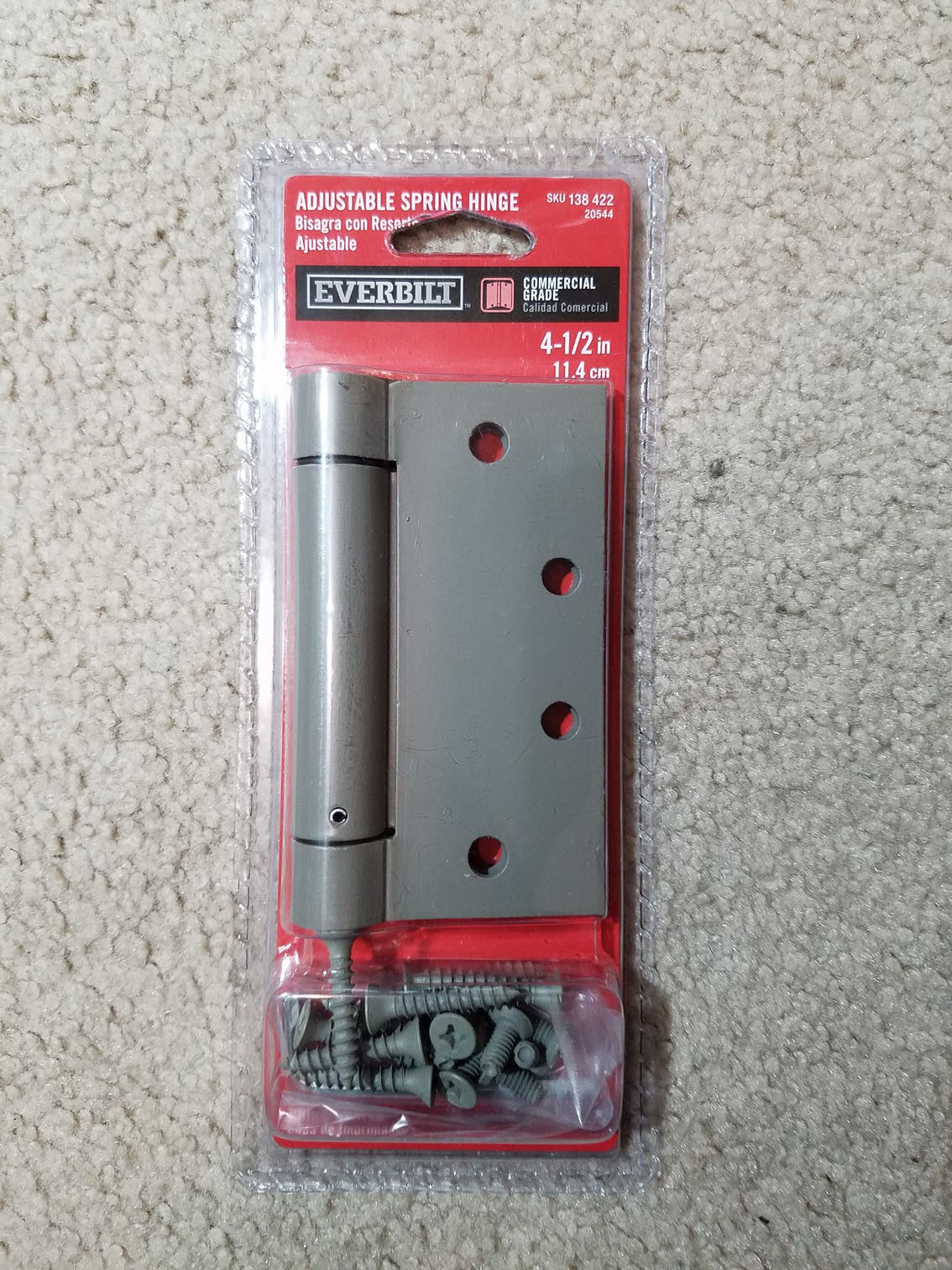



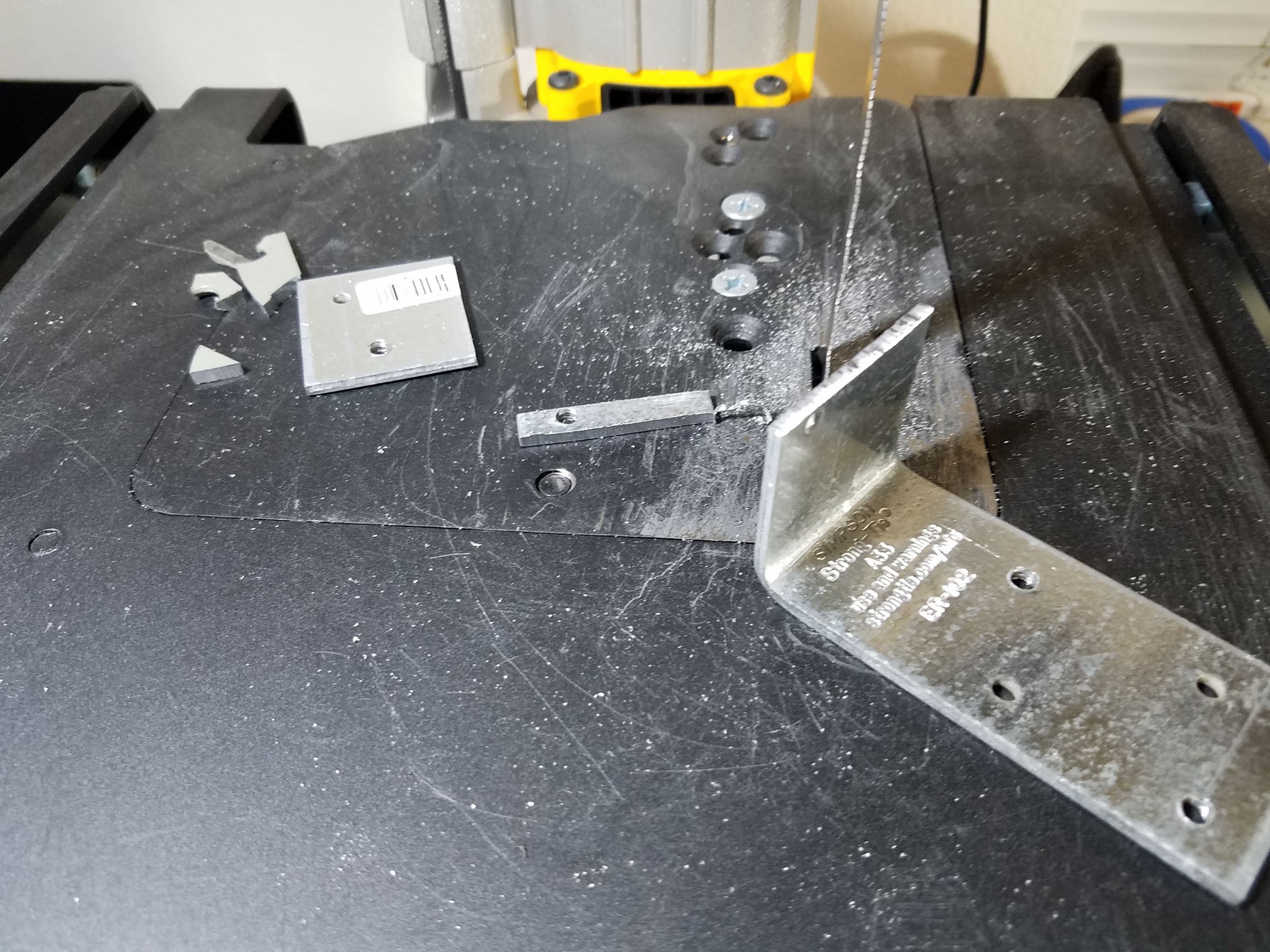
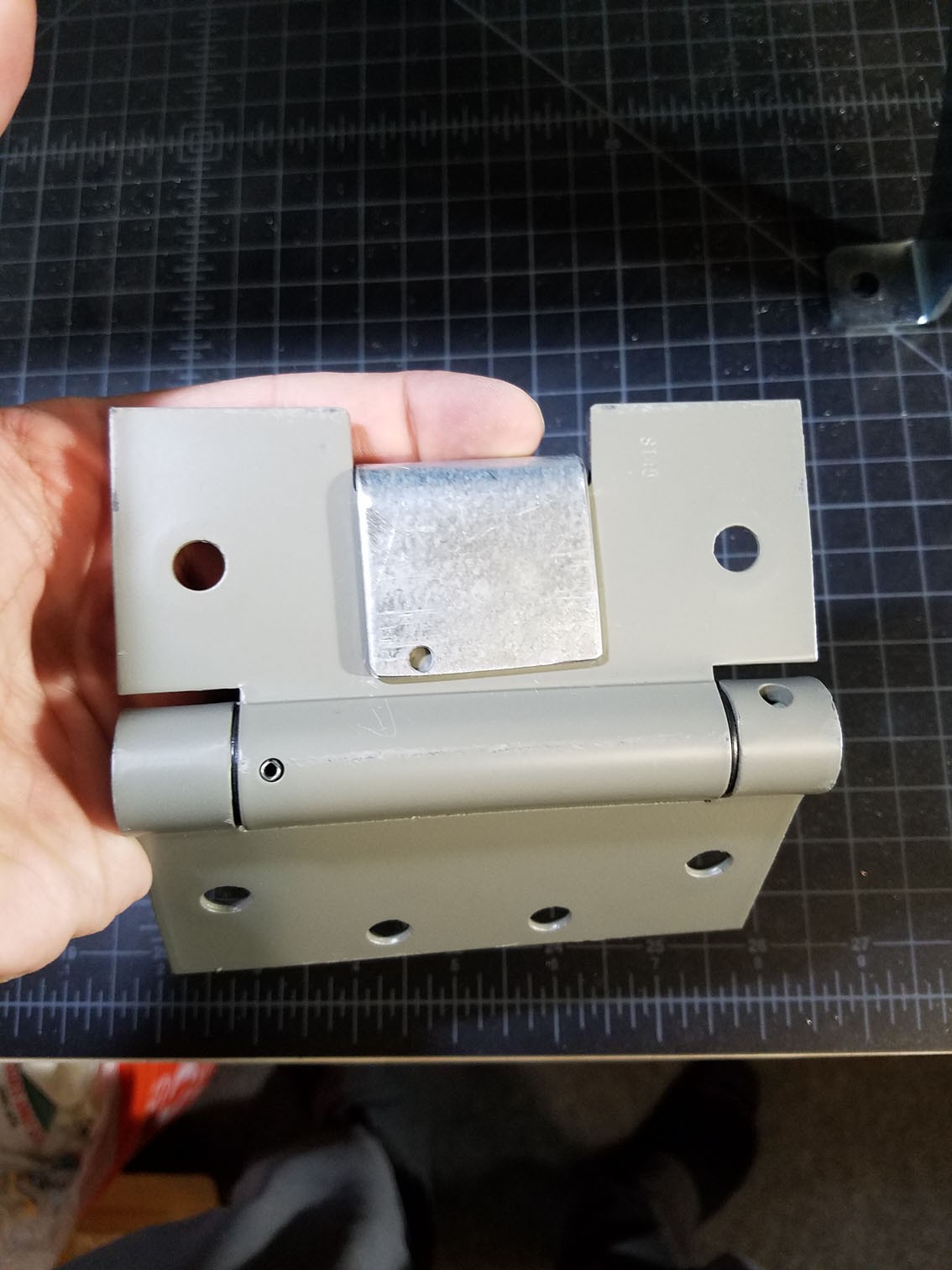


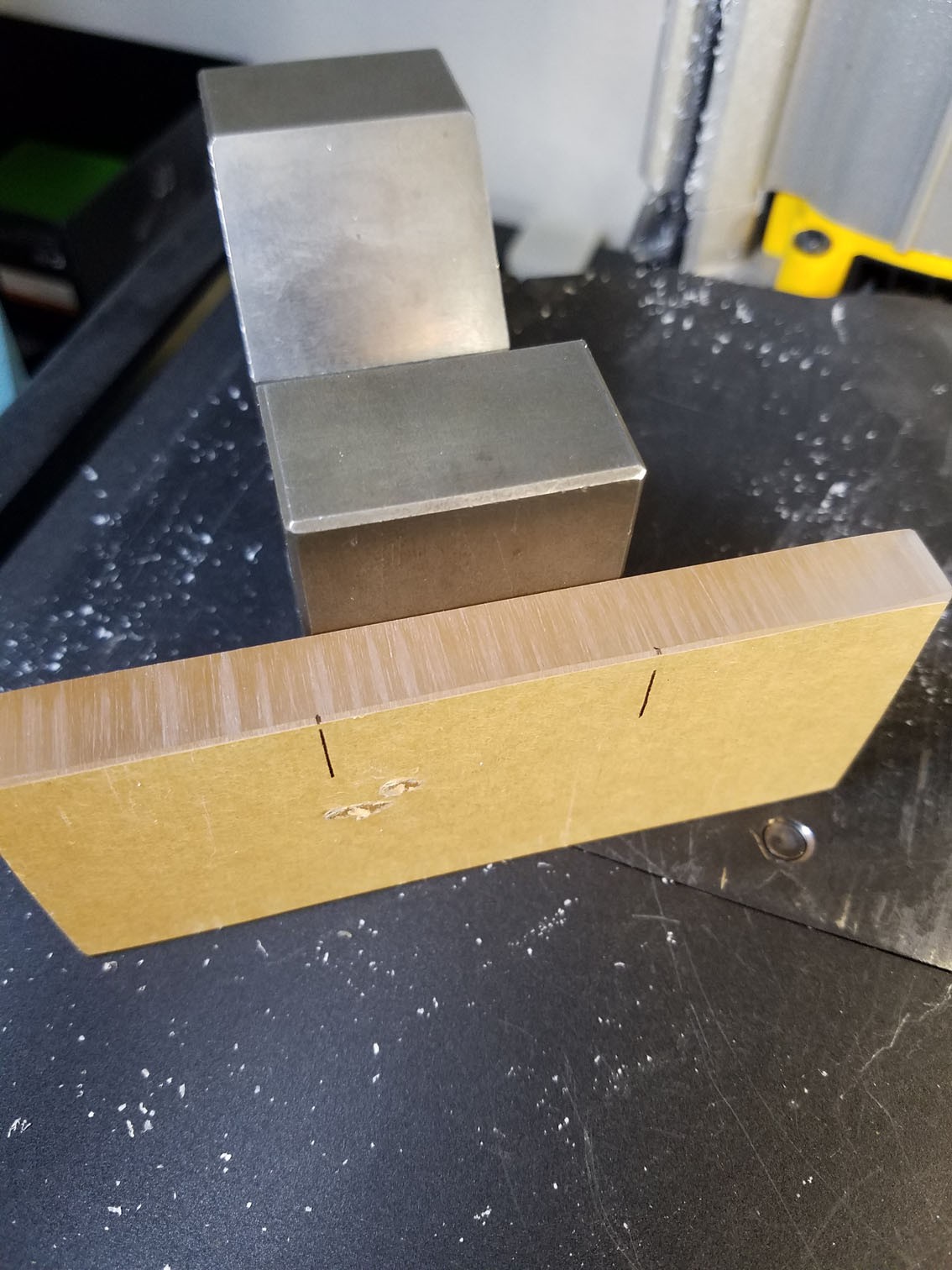
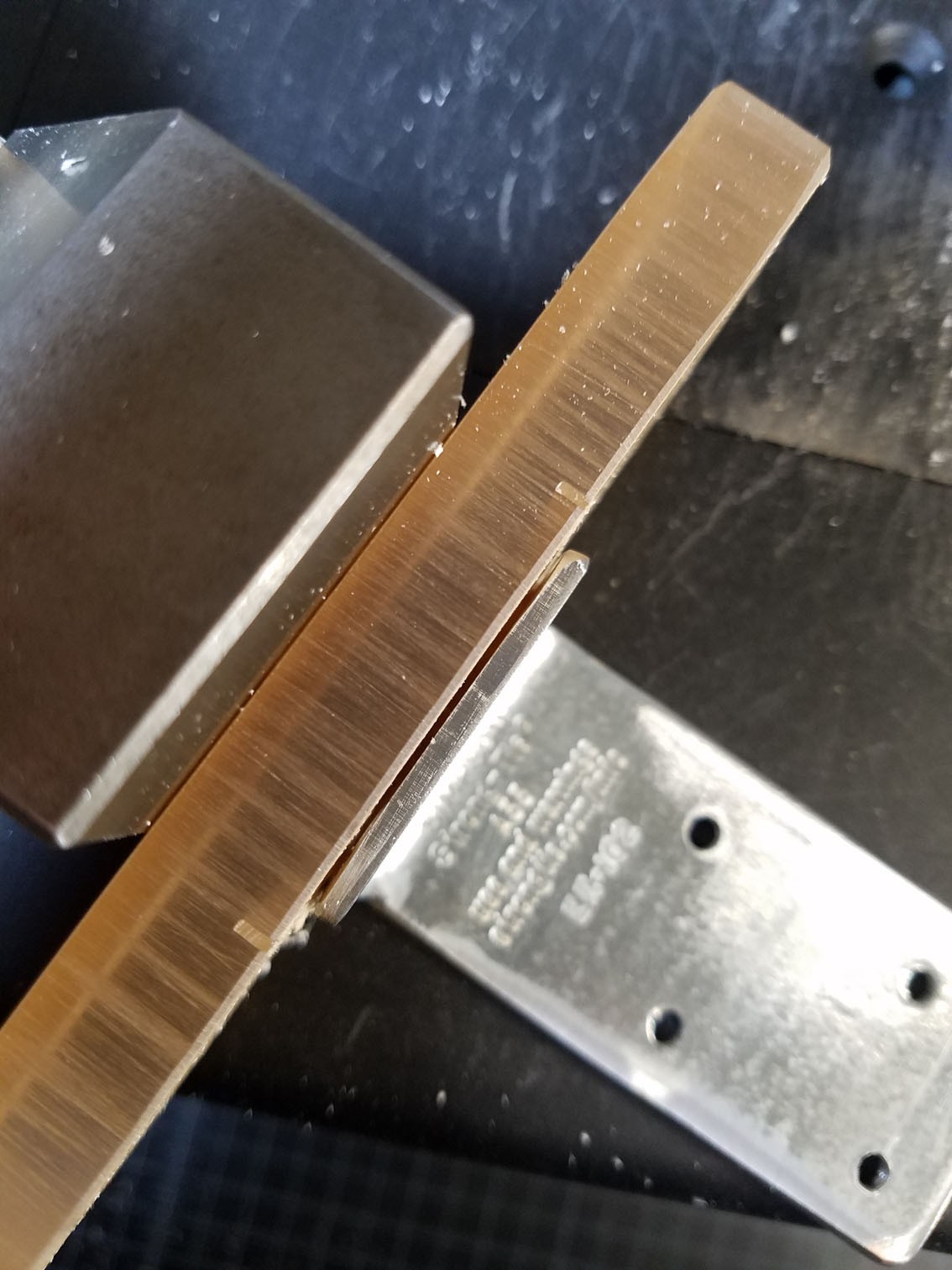



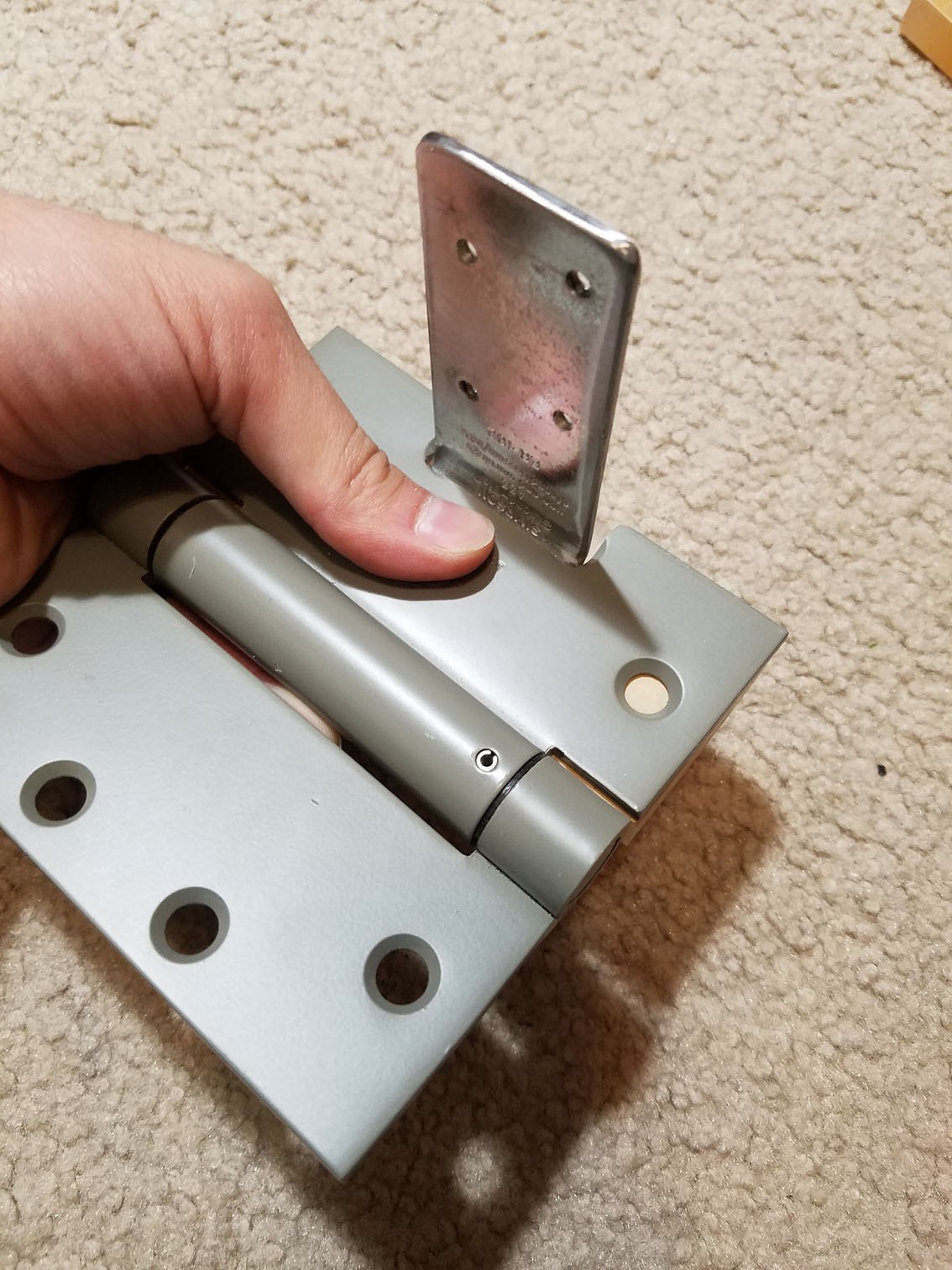

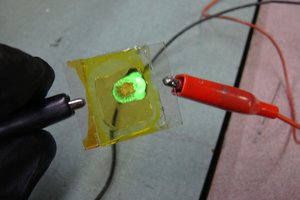
 Ian Hanschen
Ian Hanschen
 sky-guided
sky-guided
 ActualDragon
ActualDragon